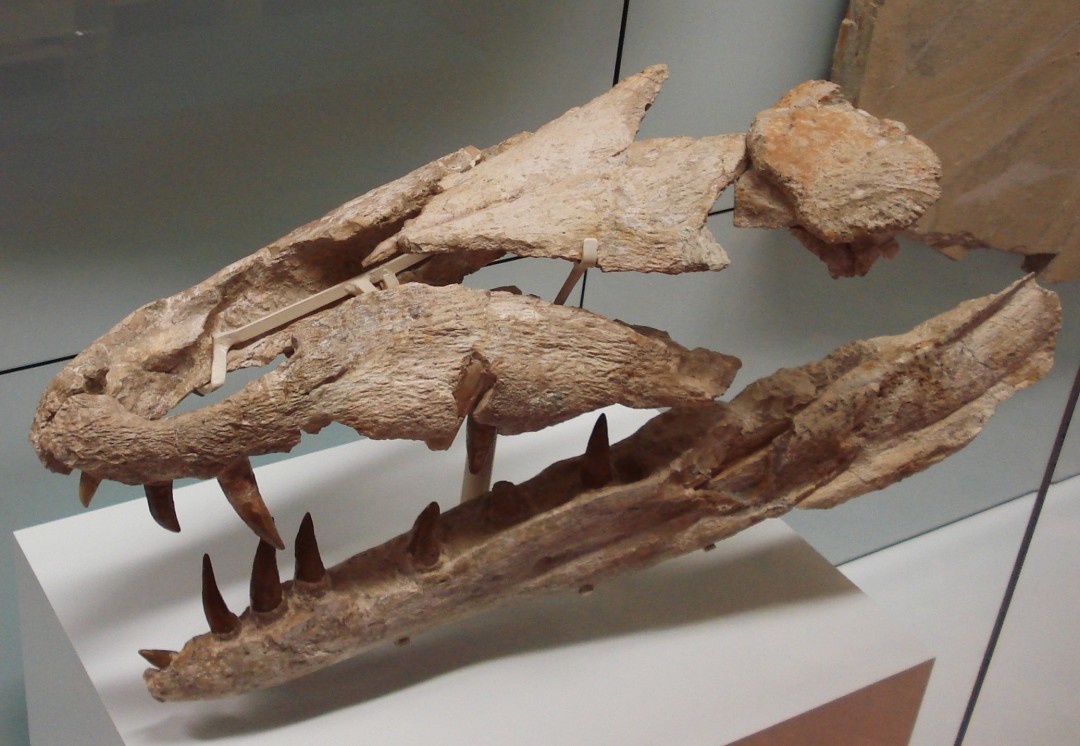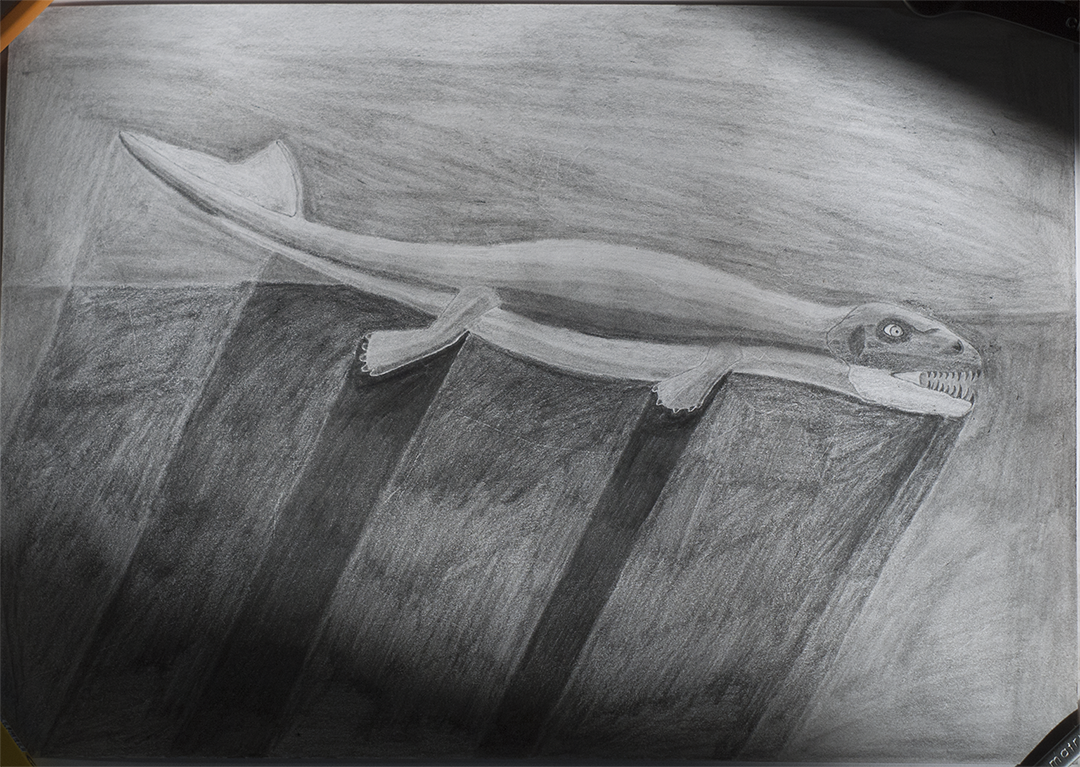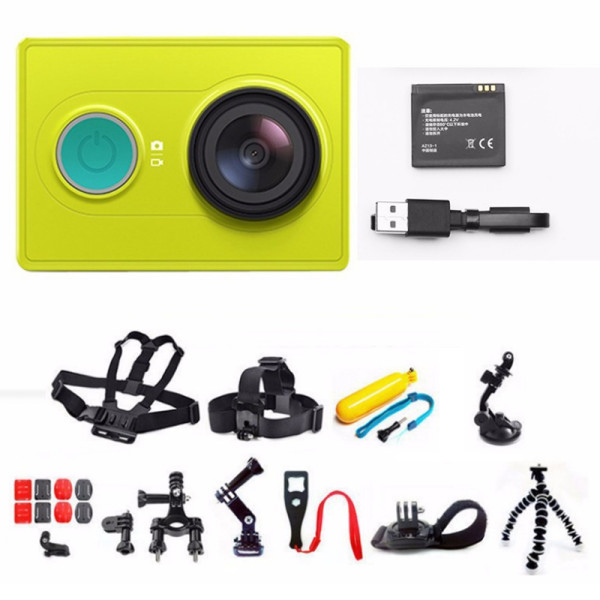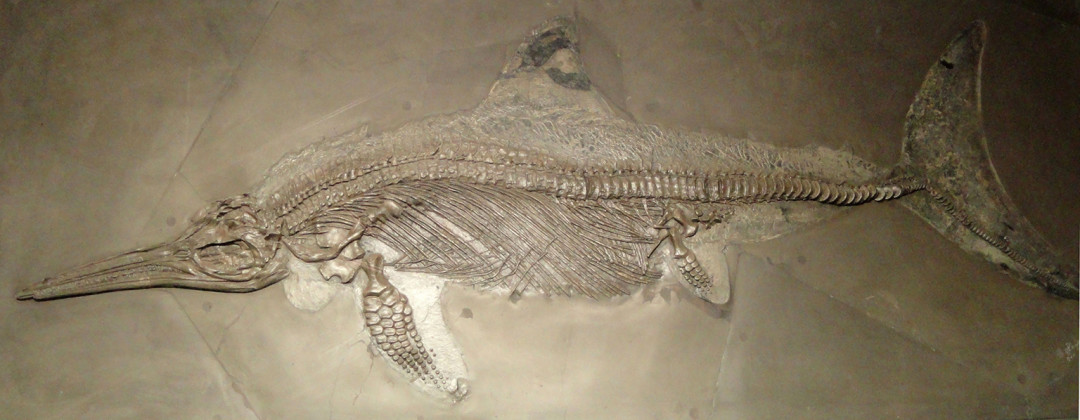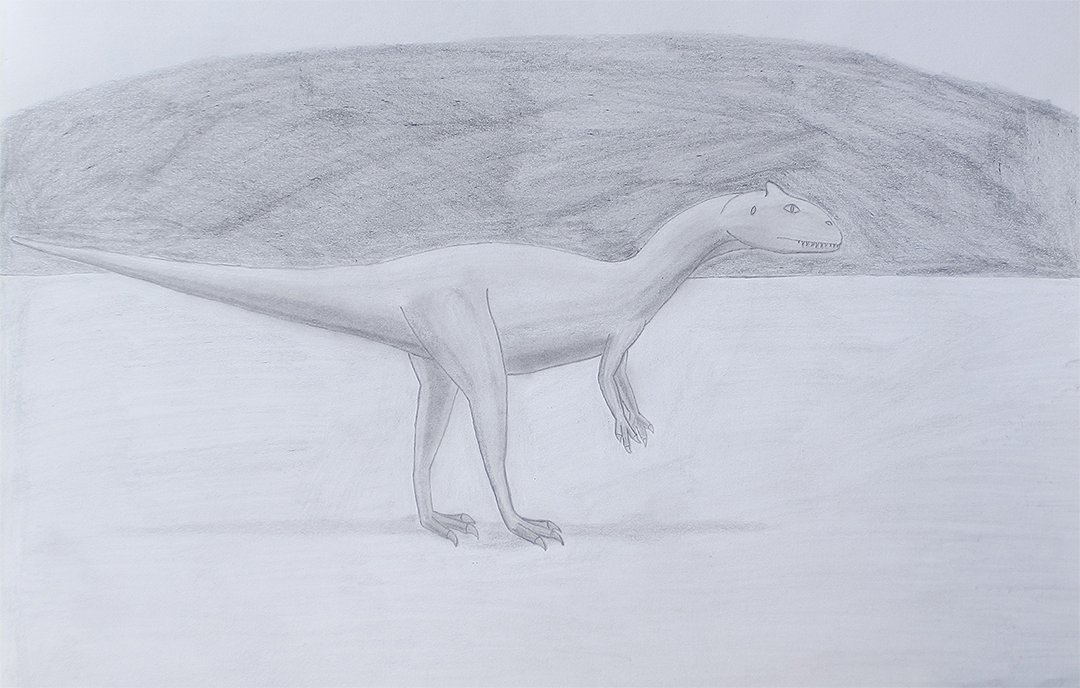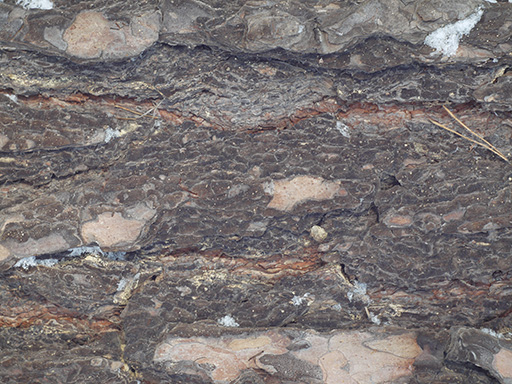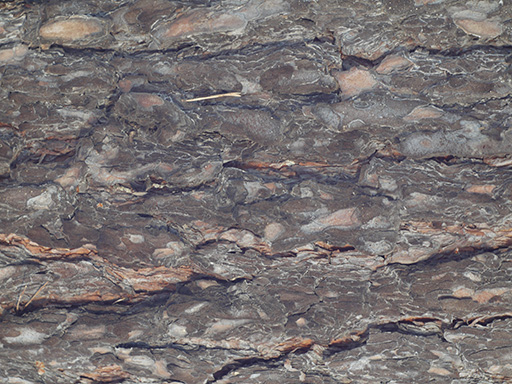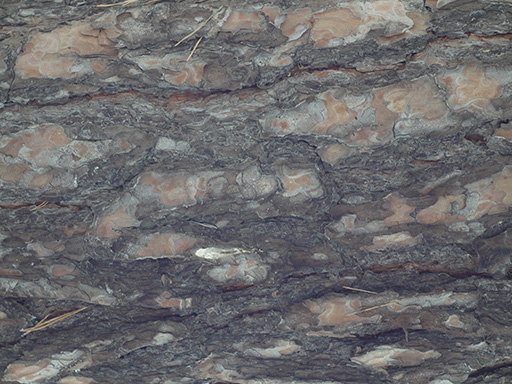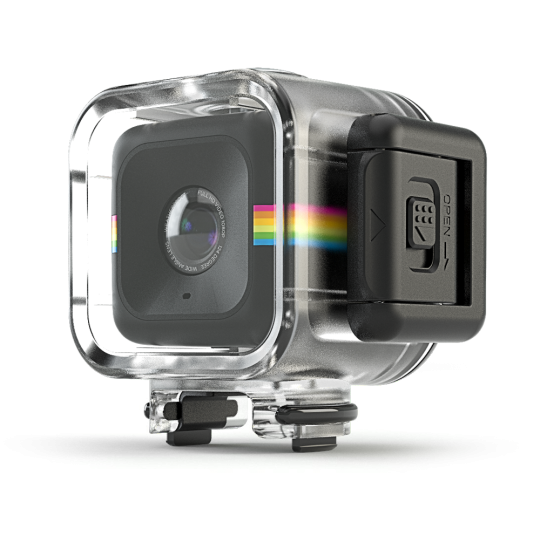
Polaroid prepares to release new stylish gadget Polaroid Cube at 31 August of this year. It is action-camera in form of cube with 35 mm side, that is released in 3 colors variations : black, blue and pink. It can record videos in following modes : 1440p ( 30 frames per second ), 1080p ( 30 or 60 fps ) and 720p ( 30, 60 or 120 fps ); and has 8 MP CCD-sensor for photos shooting with image stabilization in photos and videos recording modes. Camera can record videos from 1 charge of battery for upto 107 minutes. Polaroid Cube has microphone for audio recording and it is supplied with optical objective with 124 degrees field of view and 4.6x optical zoom; also it has Wi-Fi connectivity support, which allows it to transmit photos and videos directly to mobile devices. With use of this connection there is ability to remotely control camera, for example, there is ability to remotely trigger videos recording or photos shooting. Polaroid Cube stores data on MicroSD flash cards with maximal capacity upto 128 GB. It is weather and shock resistant and with special waterproof case it can be used underwater. There are lots of mounts released for camera : on helmet, on bicycle, on bumper and for other vehicles parts and sportive equipment. Now camera is available for preorder and those customers, who will do this, will receive for free waterproof case for it. Package of camera contains : Polaroid Cube camera itself, MicroSD flash card, clip mount, user’s guide, battery and charger. Now it costs 149.99 USD. All in all it is good action-camera, with affordable price for such stylish novelty; it is also worth to note, that there are more functional cameras, that cost less, for example Xiaomi Yi Action Sport Camera.
